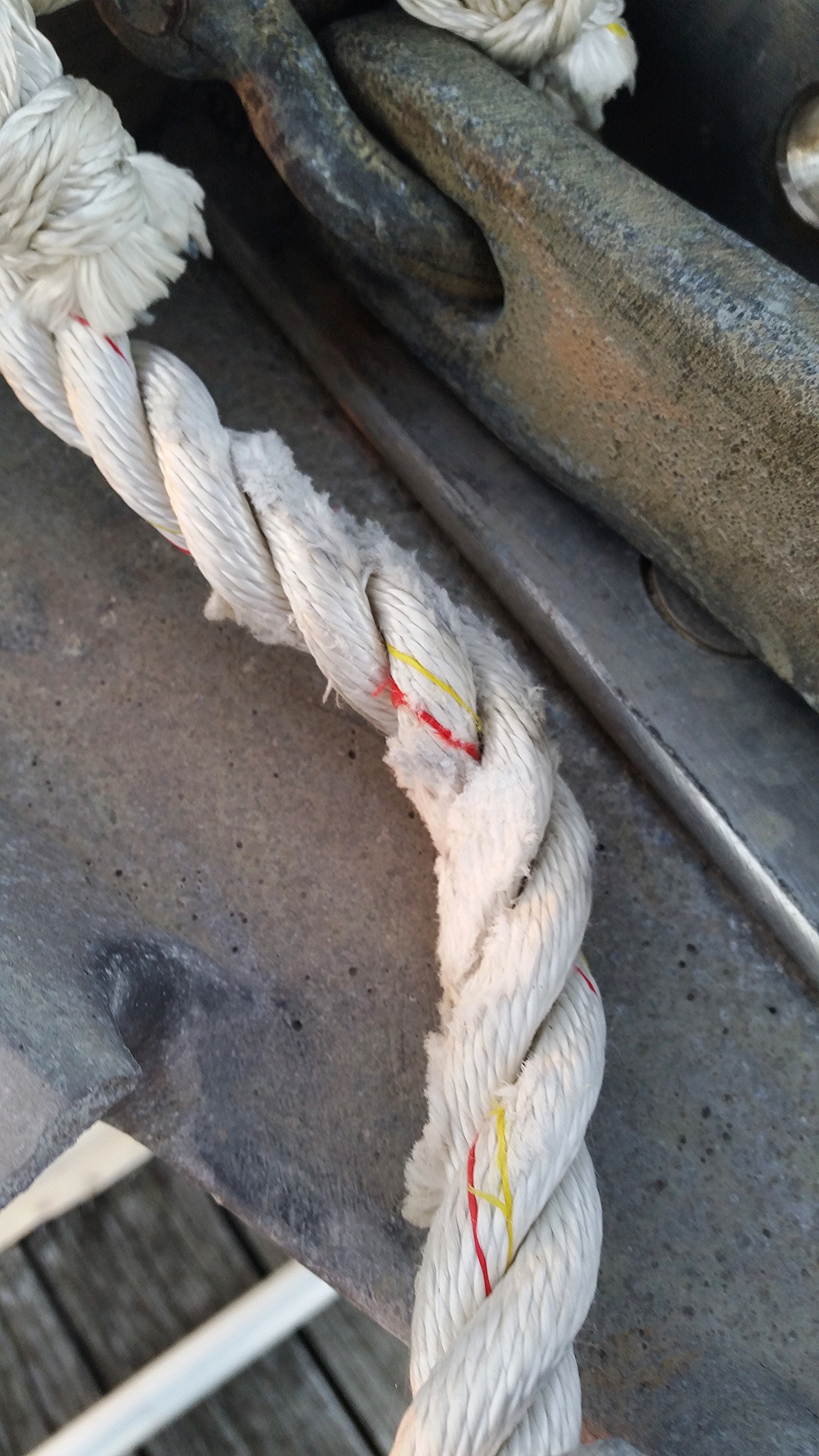Ocean sailing differs greatly from coastal cruising. In a coastal situation, you can afford to be risky. You can fly too much sail, heel over too far, maybe even push the envelope of what the yacht is capable of. If something breaks, the penalty is rather costly and small, as a repair facility is always at hand. Should your mast break, a sail tear, or a sheet part, the result is the same: the boat broke and will be fixed promptly at a nearby facility.
In the ocean, there is no nearby facility. If something on the boat breaks, you are left to your own devices to repair it. Carrying too much sail can risk tearing the sails with no sail loft for a thousand miles and no way of getting your yacht to shore! Setting the sails against the rigging will also cause them to chafe, and that will lead to a gash forming in the sail cloth.
On a deep broad reach or run, you may be tempted to ease the main all the way out and let it drape against the rigging, but each wave and puff of wind will cause the sail to shimmy up and down on the stay, sawing through the cloth.
Instead of trimming the sails to perfection, it is more important to trim the sails to longevity. Keep them set in a way that they do not contact any part of the boat or rigging. This will keep them from chafing and will almost guarantee that your sails will make it across the ocean and be ready to carry you back home when the time comes.
This might not be the fastest way, nor the most efficient, but it certainly is the safest and most frugal way to trim your sails.


























